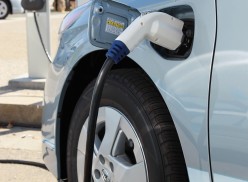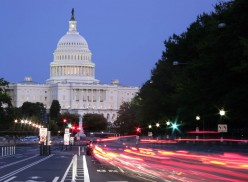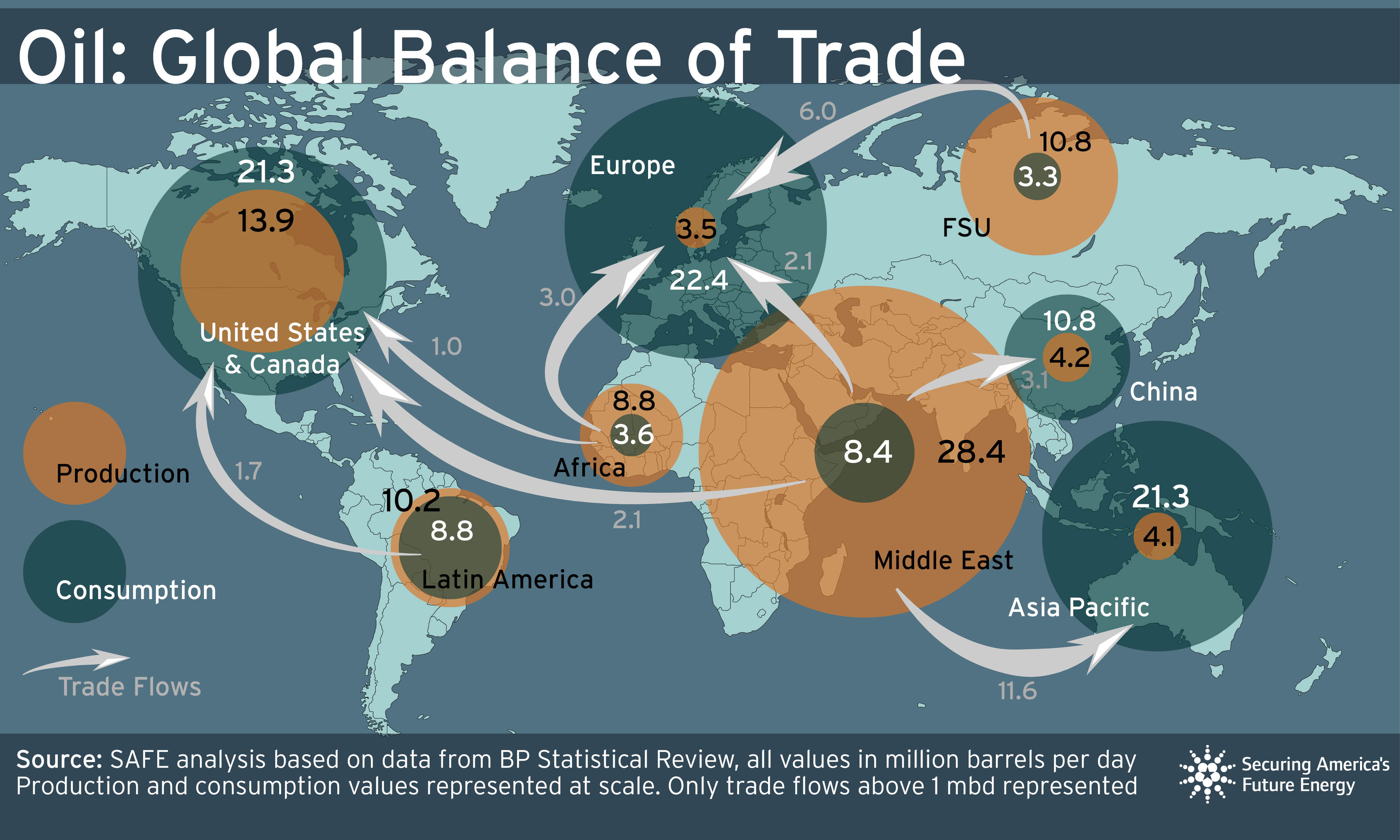By: Zubeyde Oysul, Senior Policy Analyst for the Center for Critical Minerals Strategy, SAFE
The People’s Republic of China (PRC) has announced a new wave of export controls on superhard materials, medium and heavy rare earth elements (REEs), REE production equipment, and high-density lithium-ion batteries and battery materials. Coupled with new guidelines tightening current REEs-related export restrictions, these actions mark a continued shift toward a codified trade regime that signal motives beyond retaliatory measures. The policy measures aim to formalize control over strategic supply chains, technology flows, and even the business practices of Chinese firms. The goal is to make it increasingly difficult for other countries to build production capacity overseas that would dilute or escape the Chinese Communist Party’s (CCP) control.
The six measures, issued by the Ministry of Commerce (MOFCOM) on October 9, expand the scope of covered materials and formalize restrictions that Beijing has been pressuring domestic companies to enforce. The expansion of export controls to new products should not come as a surprise, but what’s new is that Beijing has now made public its efforts to build a traceable, extraterritorial export control system—tightening the state’s grip on material flows, enabling more targeted interventions, and leaving virtually no room for U.S. and allied defense industries to access these resources.
New Export Controls at a Glance
Announcement No. 55 – Superhard Materials (effective November 8)
The new export controls on superhard materials cover the advanced diamond powders, crystals, and coatings used in the manufacturing of semiconductors, precision optics, aerospace components, and other high-performance industrial tools. By targeting these inputs, Beijing extends its oversight over the core materials that enable ultra-precision machining and next-generation electronics production.
Announcement No. 56 – Rare Earth Element (REE) Production and Processing Equipment (effective November 8)
This announcement extends export controls for REE-related technologies—expanding current restrictions in place since December 2023—to cover the physical equipment and reagents used across all production stages: extraction, separation, metallization, alloying, magnet manufacturing, and recycling.
Additionally, it codifies behavior that was already visible to the market. For example, when Canada’s Saskatchewan Research Council (SRC) sought to purchase Chinese rare-earth separation tanks in 2019, Chinese suppliers demanded exorbitant prices or declined to provide any guarantees. SRC ultimately designed and built its own separator, producing 150 units for the cost of one offered from China.
The restrictions on equipment are paired with Announcement No. 62, which provides implementation guidelines for export controls on REE production technologies. The move clearly shows MOFCOM’s intent to curb the diffusion of technical know-how and restrict the expansion of production capacity abroad. Under these announcements, Chinese companies and citizens are prohibited from providing any substantial assistance to rare-earth production overseas without prior government approval.
Announcement No. 57 – Medium and Heavy Rare Earths (effective November 8)
By releasing Announcement No. 57, China adds five more elements—holmium, erbium, thulium, europium, and ytterbium—vital for magnets, nuclear control rods, lasers, and fiber-optic technologies to the restricted list. While no details about implementation are provided, it is expected to mirror the current export controls system established for other heavy rare earths.
Announcement No. 58 – High-Density Lithium-Ion Batteries and Battery Materials (effective November 8)
By extending export controls to both finished battery products—including high-density batteries, cathode materials, and anode materials—and the equipment used to produce them, China is tightening oversight on the most advanced segments of its battery industry. High-density batteries are used in electric vehicles, drones, and defense applications, and represent a leading frontier of global battery innovation. This action builds on President Xi’s earlier warning to Chinese battery manufacturers, which provided guidance not to share advanced technologies with foreign partners, and follows previously proposed January 2025 restrictions on the export of lithium-iron-phosphate (LFP) cathode and lithium processing technologies.
How MOFCOM handles license approvals for U.S. importers will certainly have implications for the forthcoming U.S. rulemakings on Prohibited Foreign Entities (PFE) restrictions. If U.S. manufacturers can obtain licenses and continue sourcing from China, they may develop a false sense of security that current supply arrangements are sustainable. Such a system would give China a powerful instrument to map and monitor global material flows, as well as the ability to target U.S. competitors more precisely in the future without harming its domestic sector. This underscores the importance of U.S. PFE restrictions to steer producers toward more secure supply sources over the long term.
Announcement No. 61 – Formalizing Extraterritorial Reach (effective December 1)
Under this new framework, foreign organizations that use heavy rare earth materials or magnets covered under the April 2025 export control announcement, or REE production technologies subject to export controls, must also apply for a MOFCOM license for their exports to a third country, allowing China to monitor and influence overseas transactions.
The new requirements cover any product whose value includes more than 0.1% Chinese-origin materials or whose inputs fall under the export control review. For the technology controls, it remains unclear whether existing production capacity using Chinese technology abroad will be subject to these requirements or whether the restrictions apply only to future exports of Chinese-origin technologies.
MOFCOM’s announcement noted that export licenses would not be awarded to rare earths used in military applications, citing “turmoil and frequent military conflicts in the world” and the preservation of peace as the basis for this additional restriction. The initial announcement also noted that export licenses for rare earth element materials used in advanced semiconductor manufacturing would be awarded on a case-by-case basis.
Compliance with the new requirements will be tracked through a “compliance note” mechanism that asks exporters to pass documentation down the supply chain. This system will help trace material flows from source to end-use, enhancing China’s efforts to monitor and enforce compliance.
Although MOFCOM implied willingness to work bilaterally with countries to issue licenses, such arrangements come with a double-edged sword. The licenses grant temporary access to Chinese materials that cannot be sourced elsewhere due to China’s dominance over almost all heavy REE separation and the majority of magnet manufacturing. This imbalance means foreign governments and producers have little choice but to comply, deepening China’s surveillance and influence over the manufacturing and export decisions of partnering countries. These dynamics were already evident over the summer, when reports indicated MOFCOM sought sensitive information for license approvals on heavy rare earths and magnets. Yet, foreign producers were willing to comply to maintain access to necessary inputs.
Strategic Timing of the Announcement
In June, the United States and China reached a deal to allow U.S. manufacturers to obtain temporary export licenses for heavy REEs and permanent magnets for six months. MOFCOM’s new announcement comes just weeks before an expected meeting between the two sides, threatening to escalate tensions between the nations to levels last seen in April. Upon hearing of MOFCOM’s announcement, President Trump responded by threatening 100% tariffs on Chinese goods.
This sequence of events underscores that China’s actions are not solely retaliatory responses to U.S. trade policy. Instead, they reflect a broader and deliberate effort to institutionalize control over global supply chains—both existing and those still under development. It is not just the United States that is implicated in MOFCOM’s latest announcement; other countries should also take note.
While the announcement heightens short-term uncertainty for manufacturers reliant on Chinese inputs, it highlights the dangerous vulnerabilities driving long-term diversification and resilience efforts among allied economies.







